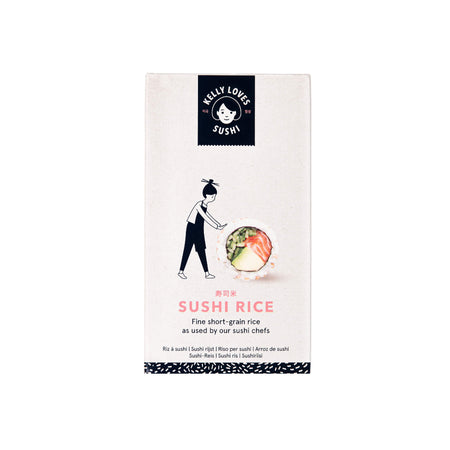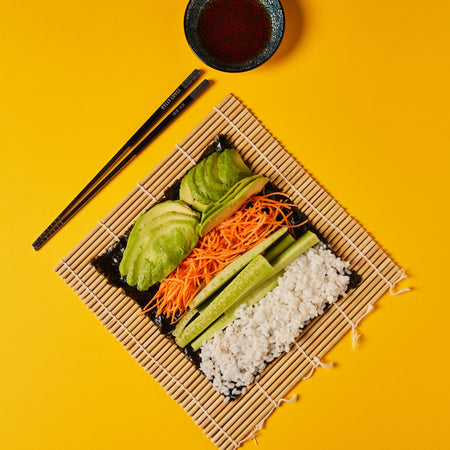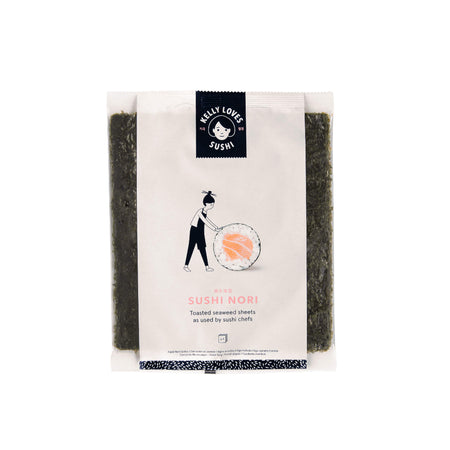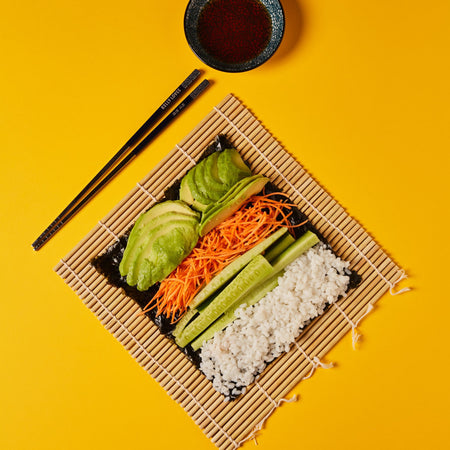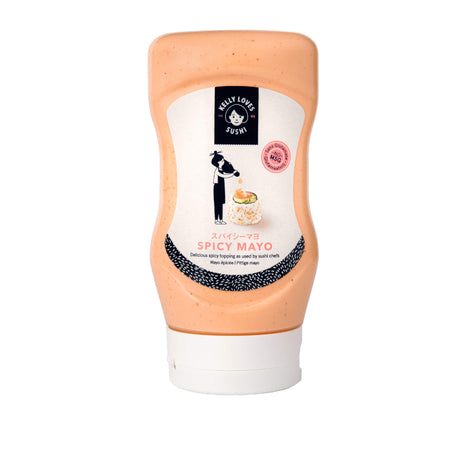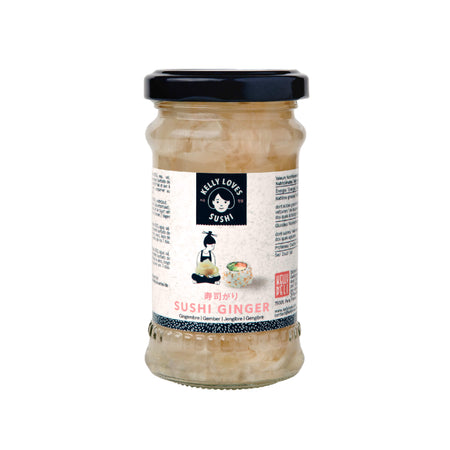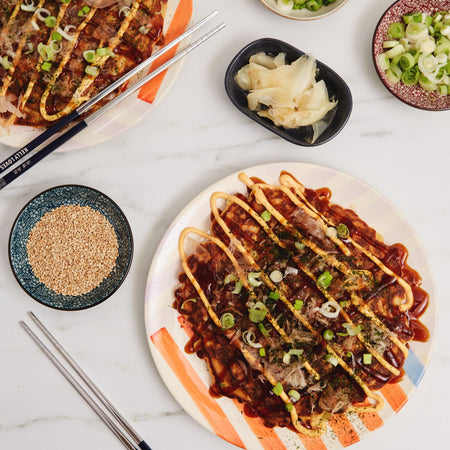Korean new year food traditions to try
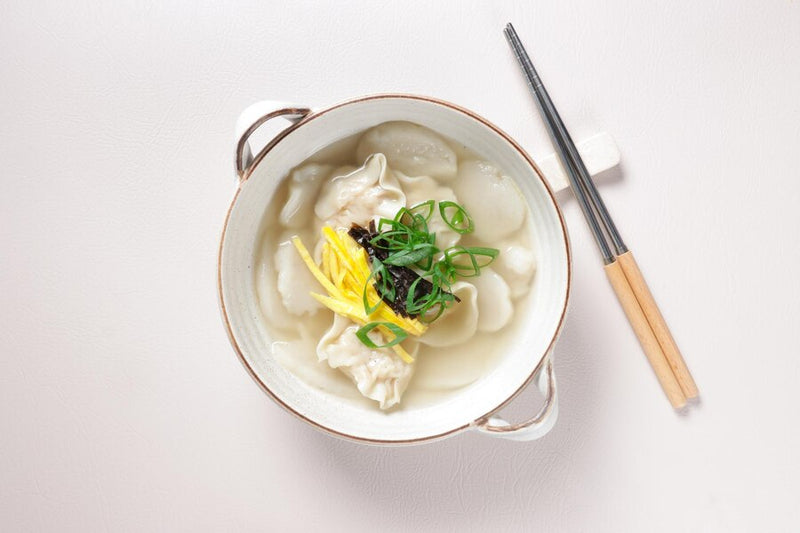
When is Korean New Year?
Seollal is celebrated around January or February, the beginning of the new lunar year. Lunar New Year is a three-day event and it’s one of the biggest holidays for Koreans. Koreans take time off to travel back to their hometowns to visit family and pay respect to their ancestors. It’s also a time to prepare a table piled with traditional Korean snacks for Seollal as offerings to ancestors.
During the celebrations, families will play folk games together, share stories and laugh and chat with each other until late at night. There are also formalities such as ‘sebae’ where the younger generation dress in traditional clothes and wish the older generation a happy new year by doing a deep traditional bow in front of them. The younger generation are then given ‘sebaet don’ (money for the new year) by the older generation, along with words of wisdom.
On new year's day, tteokguk (rice cake soup) is enjoyed, and once it is eaten, the person will have ‘grown one year older’. If you’re curious to find out what tteokguk tastes like (we promise it won’t age you!), take a look at the recipe below, along with a selection of other recipes for traditional Seollal food.
What are traditional Korean New Year foods to try?
Korean rice cake soup (tteokguk)
The most popular dish for Seollal is tteokguk. This is a clear beef broth containing round rice cakes, topped with seasoned shredded beef and garnished with egg.
- To make this warm and comforting dish, you start with beef stock (using beef brisket is ideal).
- Add garlic, radish, nori and onion to the beef stock and simmer over the stove. You can also add a sprinkle of dried anchovies.
- When the stock starts to boil, remove the nori and discard.
- Continue to cook on low heat for an hour or so. Then remove the beef brisket and vegetables from the pot.
- Keep the beef and discard the vegetables.
- Add salt, soy sauce and tuna soy sauce to the soup to taste.
- Shred the beef and season with garlic, pepper, sesame seeds, sesame oil and soy sauce in a mixing bowl.
- Soak pre-sliced shop-bought rice cakes for 15 minutes and then boil them separately for 5 minutes until they are soft.
- Separate the egg whites and yolk and beat and then cook separately on a skillet and set aside.
- To assemble the tteokguk, pour the beef stock over the rice cakes in a bowl. Top it with egg, beef, roasted nori and chopped spring onion. Serve straight away with a side of kimchi!
Mung bean pancakes (nokdujeon)
Mung bean pancakes are useful for serving up at Seollal celebrations because you can make large quantities of them, freeze them, and simply reheat them in the frying pan when needed. All useful for spending more time chatting with family and less time cooking.
- Soak the mung beans in water according to the packet.
- Cut up some kimchi, squeezing out the excess juice.
- Chop up spring onions and add to the kimchi.
- Cut pork belly slices into 1-inch widths and set aside.
- Add the mung beans to a blender and cover with water.
- Blend and continue to add a little water until pancake batter consistency.
- Mix in the kimchi.
- Add some batter to the frying pan. Add some bean sprouts, a sprinkling of spring onion and a few pieces of pork belly.
- Cook on both sides and serve up!
Korean BBQ beef (bulgogi)
Bulgogi is juicy, tender, marinated beef traditionally served with rice or noodles — a classic Korean BBQ dish. In Korea, there are even bulgogi burritos which sound glorious — worth buying some wraps and trying this at home too!
- Top tip: to make this beef dish, start by putting your steak in the freezer for a couple of hours, after which you need to slice it up into bite-sized strips as thin as bacon. By freezing the beef first for a short time, this task will be easier!
- Put the slices of beef in a bowl and mix with garlic, sugar, oyster sauce and rice wine.
- Add chopped onions, sesame oil and soy sauce. Leave the seasoned beef for 30 minutes.
- Fry the beef in a pan without the need for any additional oil.
- It’ll smell divine and is now ready to serve to your New Year guests.
Kimchi dumplings
There are many ways to make Korean dumplings and surely kimchi has to be the best. Koreans eat these dumplings on New Year’s Day (usually in a soup…more on that below).
- Mix the filling ingredients in a mixing bowl: minced pork or beef, finely chopped spring onions, minced tofu, finely chopped kimchi, bean sprouts, egg, minced garlic and sesame oil.
- Place a shop-bought dumpling wrapper on your palm and add the filling in the middle. You can also make your own dumpling wrappers, but for ease and quickness, shop-bought wrappers are always useful.
- Wet your finger with water and trace around the edge of the wrapper to seal it. Check out the videos on YouTube to copy how to fold the wrapper — it’s trickier than it looks! If it looks messy at first that’s fine — it’ll taste good, we promise.
- Cook the dumpling in a frying pan or steamer.
Korean dumpling soup (manduguk)
Now you have your Korean dumplings you can eat them alone or add them to Korean dumpling soup which is a popular soup in Korea, but especially at Seollal.
- Boil some soup stock over medium-high heat.
- Add some mashed garlic and some soy sauce — it’ll start to smell really good!
- When it’s still boiling, add the dumplings that you’ve so beautifully handcrafted as above.
- Boil the soup until the dumplings are completely cooked.
- Beat up some eggs in a bowl and then drizzle the beaten egg over the soup.
- Add chopped-up spring onions and a drizzle of sesame oil.
- Season with salt and pepper to taste.
- Transfer the soup to a bowl and garnish with dried nori.
Korean glass noodle stir fry (japchae)
Korean glass noodles are made with sweet potato starch and they’re glass-like in that you can see through them.
- Soak the glass noodles in hot water for 15 minutes, then drain and set aside.
- Slice beef (or pork) into thin matchsticks and season with soy sauce, sugar, and sweet rice wine.
- In a mixing bowl, combine all the japchae sauce ingredients (brown sugar, dark soy sauce, and sesame oil) and set aside.
- Heat oil in a wok. Add carrot and onion and a dash of salt and pepper and stir-fry until soft.
- Add sliced shiitake mushrooms and another pinch of salt.
- Add spinach and stir-fry until the spinach has reduced.
- Transfer the stir-fry veg to a dish to cool.
- Stir-fry the beef or pork until cooked through and remove the meat, keeping the meat juice.
- Add the glass noodles to the wok with the meat juice. Pour the japchae sauce over the noodles. Cook until the noodles are soft and the sauce has mostly absorbed.
- Add the meat and veg back into the pan on low heat and mix.
Ginger cookies (maejakgwa)
Ginger cookies are served in Korea on special occasions. They’re so pretty to look at: ginger-flavoured dough, shaped like a ribbon.
- Firstly you need to rustle up some ginger water by simply adding 1 tsp ginger to 4 tbsp of water.
- Put the ginger water through a sieve to remove the fibrous parts.
- Sift 140g flour and a sprinkle of salt together.
- Add the ginger water to the flour.
- Knead the flour and ginger water until a dough starts to come together. If needed, mix up some more ginger water and add it gradually one tsp at a time.
- When the dough is ready, wrap it in clingfilm and let it rest for 30 minutes so that it becomes softer.
- Bring 50g granulated white sugar, 1 tbsp of corn syrup and 50g water to a boil in a small saucepan over medium-low heat then gently simmer until the syrup is reduced to half.
- We recommend watching a video on YouTube for this bit so that you can visualise it. Flour the work surface ready for the dough. Roll out one small piece of dough into a small rectangle, about 5 x 8 inches.
- Cut the rectangle in half down the length, and then cut each half into about 6 x 1 inch small rectangles.
- Fold a rectangle down the middle. From the folded side, make a slit in the middle, and then a shorter slit on each side of the middle slit (you see why you need the video?)
- Unfold it, and push one end through the middle slit, wiggling it gently to shape it. Repeat this process until you have a nice batch of cookies ready to fry.
- When the oil is hot in the drying pan (about 1 inch thick) pop the cookies in, one at a time. Fry for about 3 minutes.
- Take them out of the pan and onto a wire rack.
- Coat the cookies in the syrup while they are still warm.
- Sprinkle the syrup-sticky cookies with pine nuts and you are done. Don’t worry if they don’t look like the pictures, this takes practice and we bet they taste good!
Food is an important part of any celebration, helping maintain special traditions and identity as well as bonding families and maintaining relationships between young and old. With such special meaning, it’s vital that the food tastes good and you want it to be authentic. At Kelly Loves we can provide high-quality, authentic products so that you can enjoy food with family and friends, whatever the occasion!
